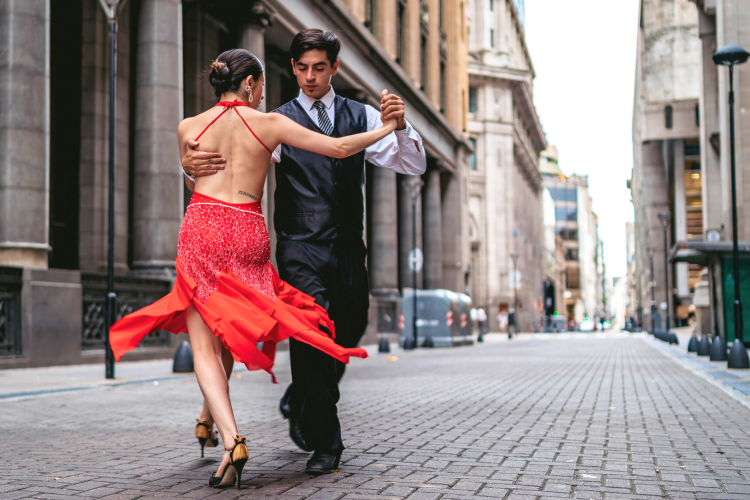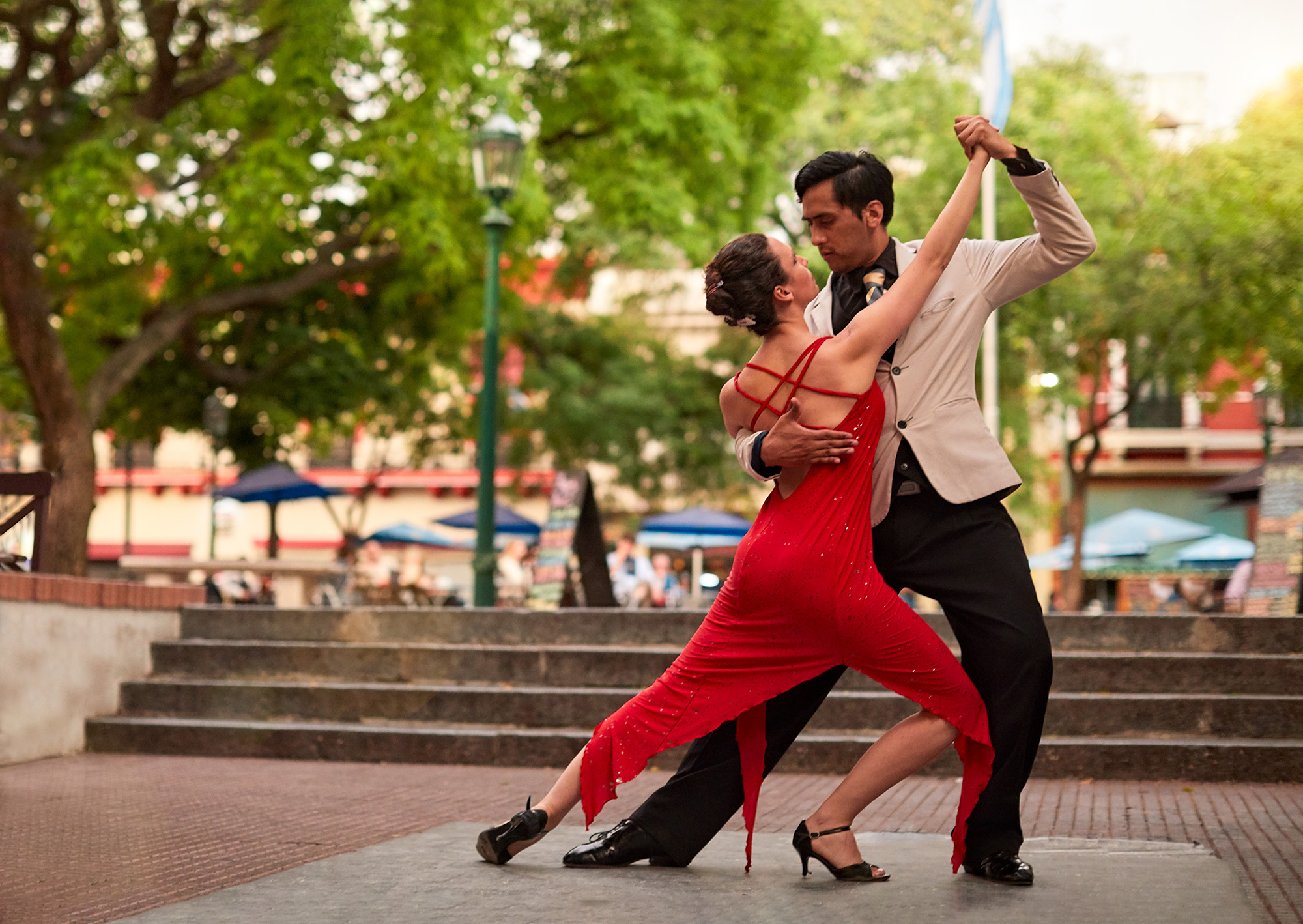An Unbiased View of Dance San Francisco
Table of ContentsHow Dance San Francisco can Save You Time, Stress, and Money.Get This Report on Dance San FranciscoSome Known Details About Dance San Francisco The Dance San Francisco Statements
Let's think about Salsa dance and music as a large Tree that looks like this: Salsa is danced world-wide while many technical aspects of the dancing coincide throughout designs (6 actions over 8 beats danced on a quick-quick-slow or slow-quick-quick rhythm), there are a number of "hallmark" attributes of the major styles of Salsa that identify one from the other.Pairs getting involved in a Gambling establishment Rueda dance all actions in unison as called by a Leader. Distinguishing features of Cuban style salsa are circular turn patterns (with "break back" actions on counts 1 and 5) in addition to body motion motivated by conventional Afro-Cuban folkloric dancings. Distinguishing features of Cali style salsa is fast and intricate maneuvering, danced with a strong hand hold connection in between partners.
The beginnings of the design are a topic of debate, yet it is said that New york city design Salsa dancing stemmed in the 1960's because of the increase of Latin American emigrants after the Cuban Change (salsa dancing sf). Eddie Torres is the most well recognized New York style dancer, being practically globally credited with popularizing the design to dance centres beyond New York
The basic rhythm of "On-2" is slow-quick-quick. The "youngest" of the styles of Salsa, L.A (https://medium.com/@dancesf/about). Design (some people have called it "West Coast" style) came to be prominent in the 1990's and has its origins in ballroom (Mambo, Swing and Cha, Cha, Cha). Turn patterns lead and adhere to strategies are greatly influenced by these styles, with the Cross Body Lead being the keystone of the style
The Facts About Dance San Francisco Revealed
Style are execution of turn patterns and numbers in the "port", with the break steps on counts "1" and "5". This style is additionally identified by fancy and typically intricate arm styling by the follow to accent the "1" and "5" matters. The standard rhythm of "On-1" is quick-quick-slow. While Salsa songs has strong origins in Cuban, Colombian and Puerto-Rican folkoric customs, it can not be marked down that all Afro-Latin and Latin American cultures have added to contemporary Salsa music as we understand it today.

There she ended up being good friends with the Nuyorican musicians, and her collaborations with them and her time with the Fania All-Stars caused over 50 albums (of joint and solo job). Thanks to the internet and convenience of access to info, the appeal of Salsa songs, dance and society has actually spread like wildfire over the last 30 years and even then contemporary Salsa musicians continue to pay homage to the Starting Daddies and Mother of Salsa.

The Facts About Dance San Francisco Uncovered
distinguishing features of Salsa songs are: 4/4 measure signature, Kid Clave and Tumbao rhythms, Montuno Piano Unless you have a background in music, the above 3 attributes possibly mean absolutely nothing to you. A less complicated way to describe Salsa music is exactly how it does NOT seem like various other sorts of Latin American music.

It's time for lessons. With so several studios around and different styles to select from, where does a total novice start? The majority of all new dancers choose to discover L.A. "On-1" design slotted Salsa designs are one of the most common in The United States and Canada (with some exemptions of some city centres that still predominantly embrace Cuban and Puerto Rican designs) and L.A.
.A. Style will swiftly educate you the fundamentals of Salsa timing, weight transfer and turn pattern implementation. Several dancers, once they've had a year or 2 of dance L.A. Style Salsa under their belts, "switch" to New york city style in order to expand their dancing vocabulary; yet many dancers make a decision to stay with just one style of Salsa and enjoy their time on the dancing flooring because specific design. salsa dancing sf.
Design and New York City Style all being danced in the very same club, with a number of the professional dancers having the ability to change from one style to the other from one song to the following. salsa useful site dancing sf. No issue which style you choose it is necessary to stick to that design up until you're extremely comfy with the basics of timing, body rhythm and foundation action implementation before taking into consideration "changing" styles (if you desire to)
When you start lessons prepare to dedicate time and power to finding out just how to dance as a whole it takes a total newbie (i. e., a person with little or no dance experience) regarding 6 months of proactively taking lessons and heading out and exercising a minimum of two times a week to reach a factor where pattern execution begins to feel "all-natural".